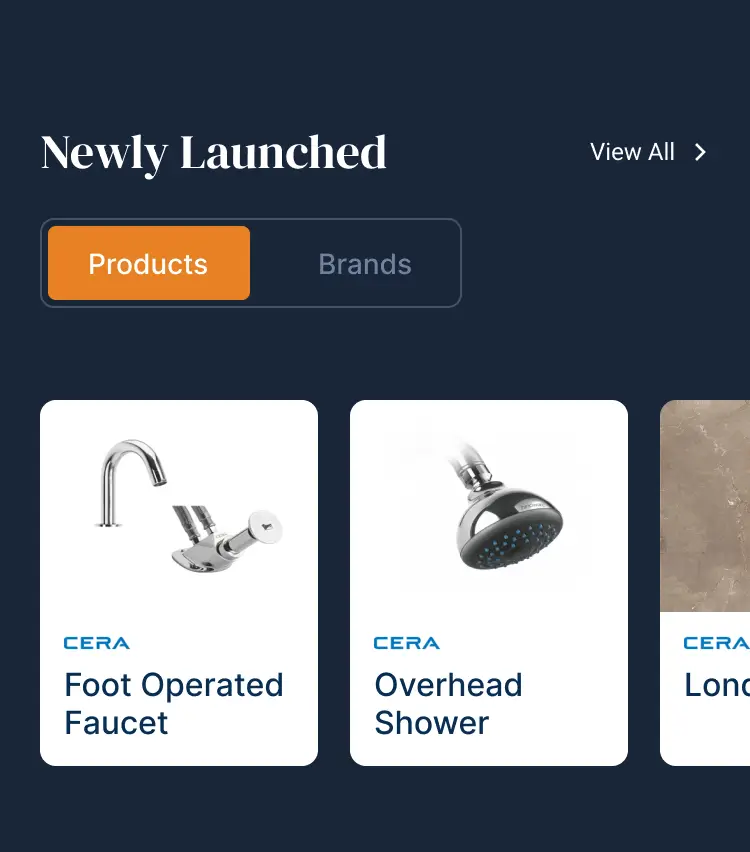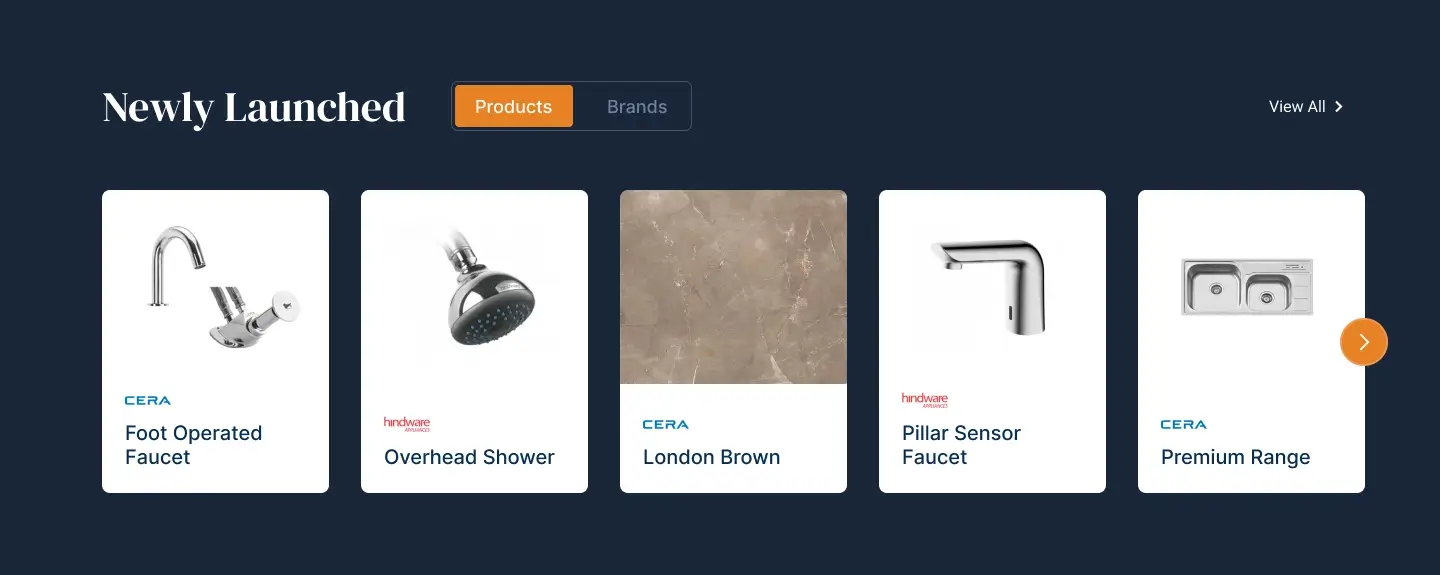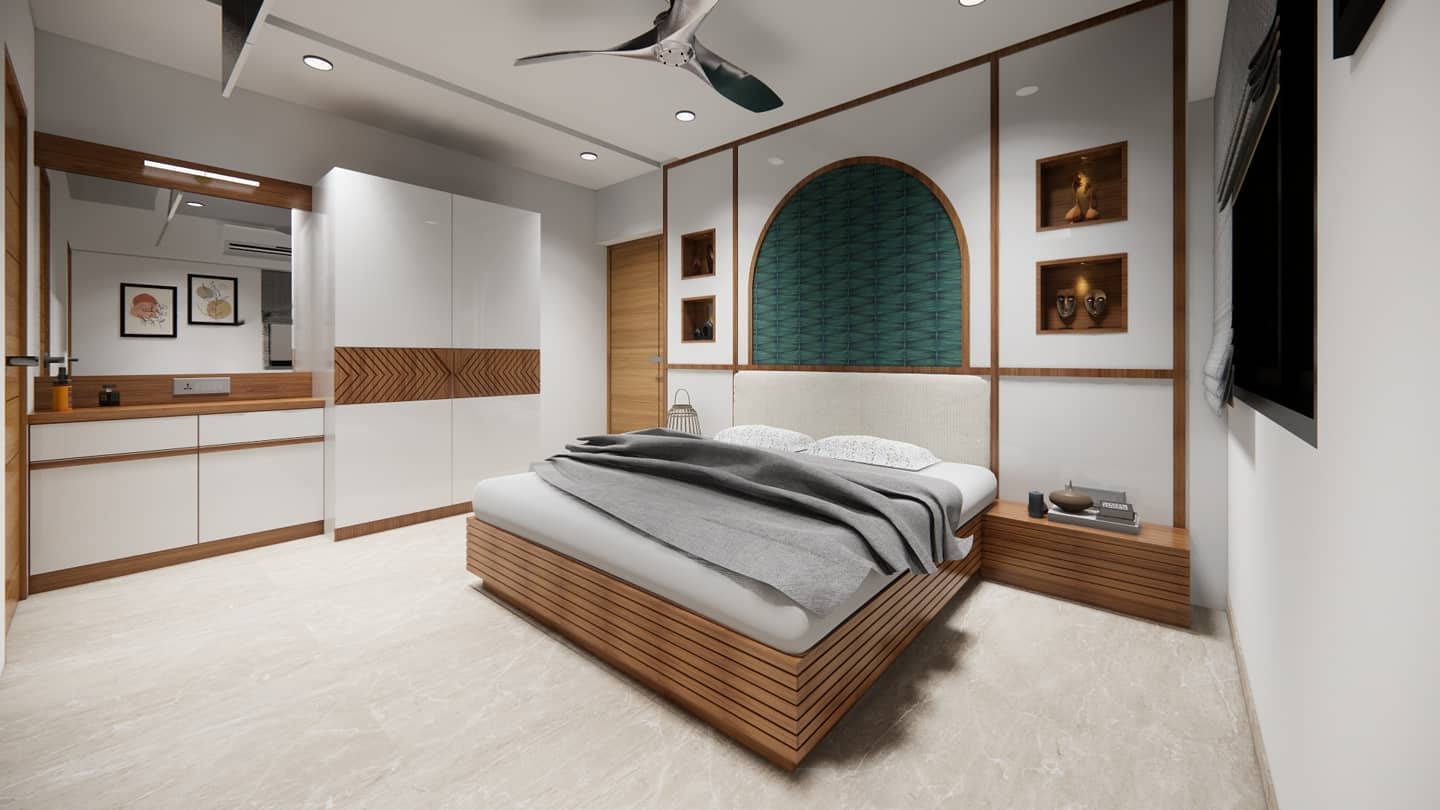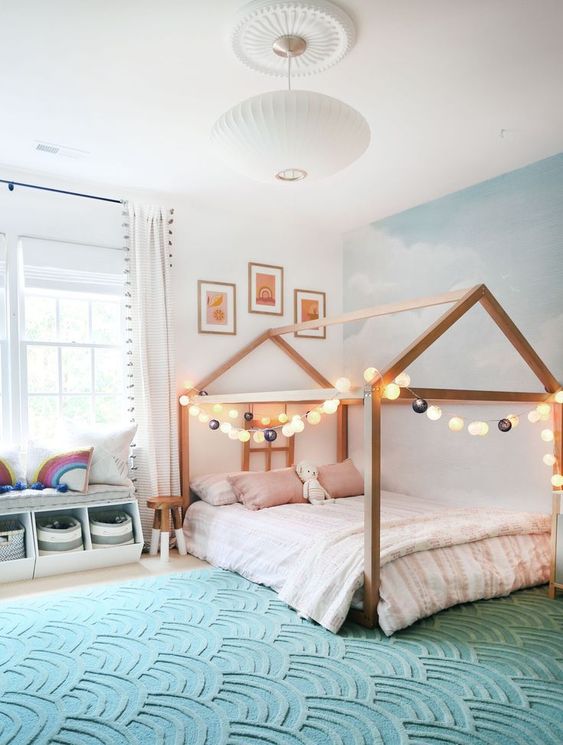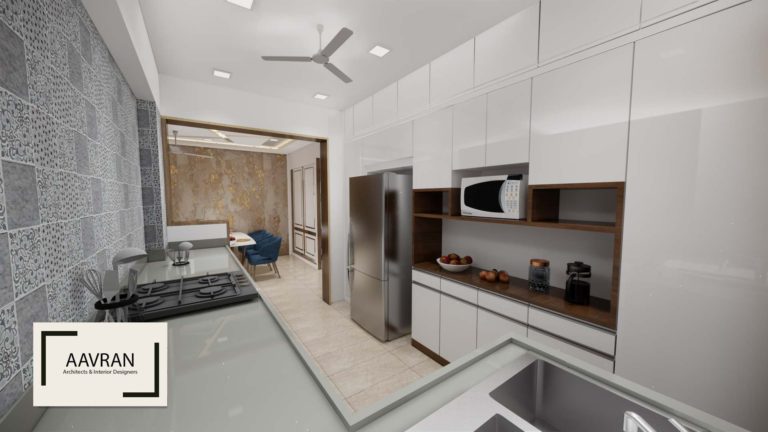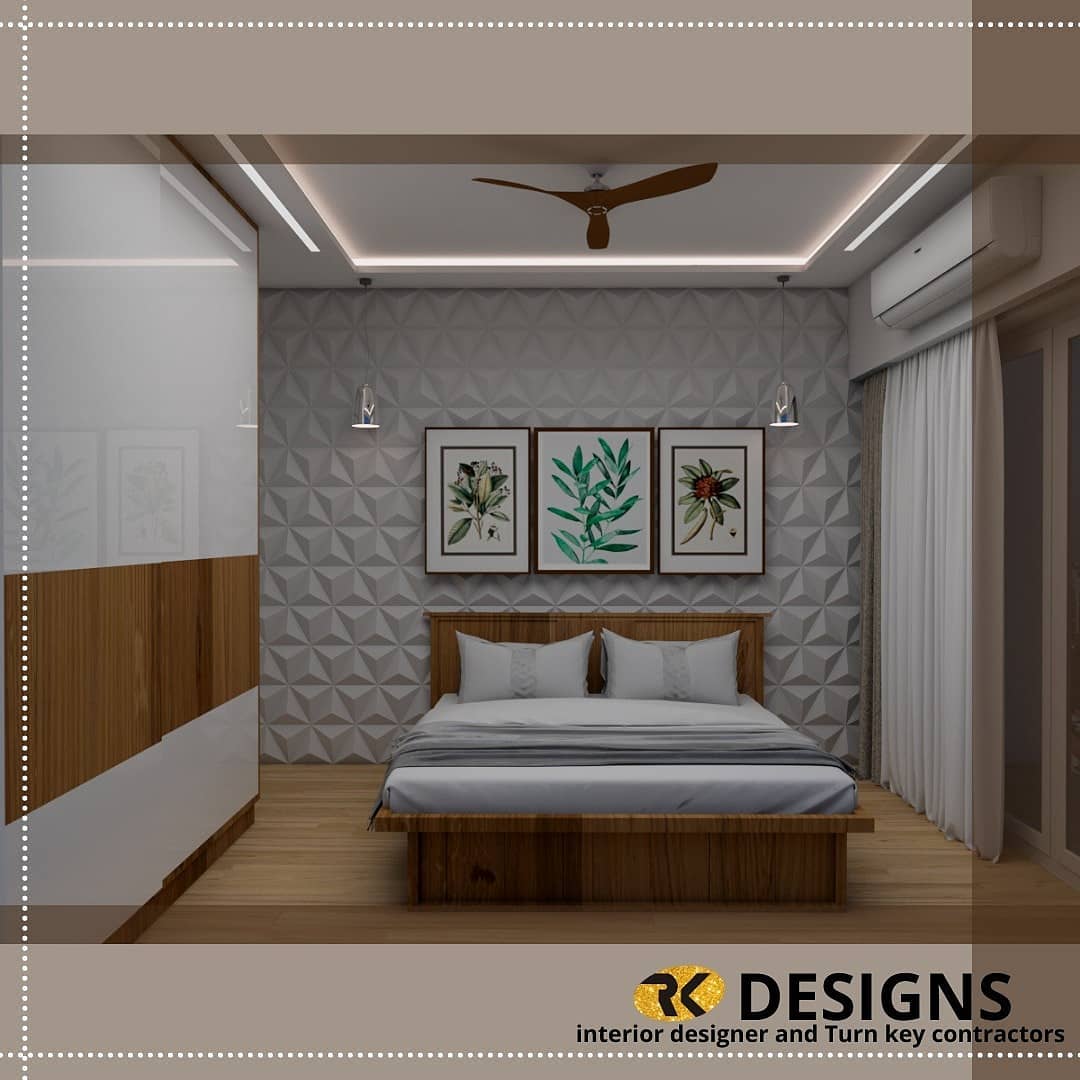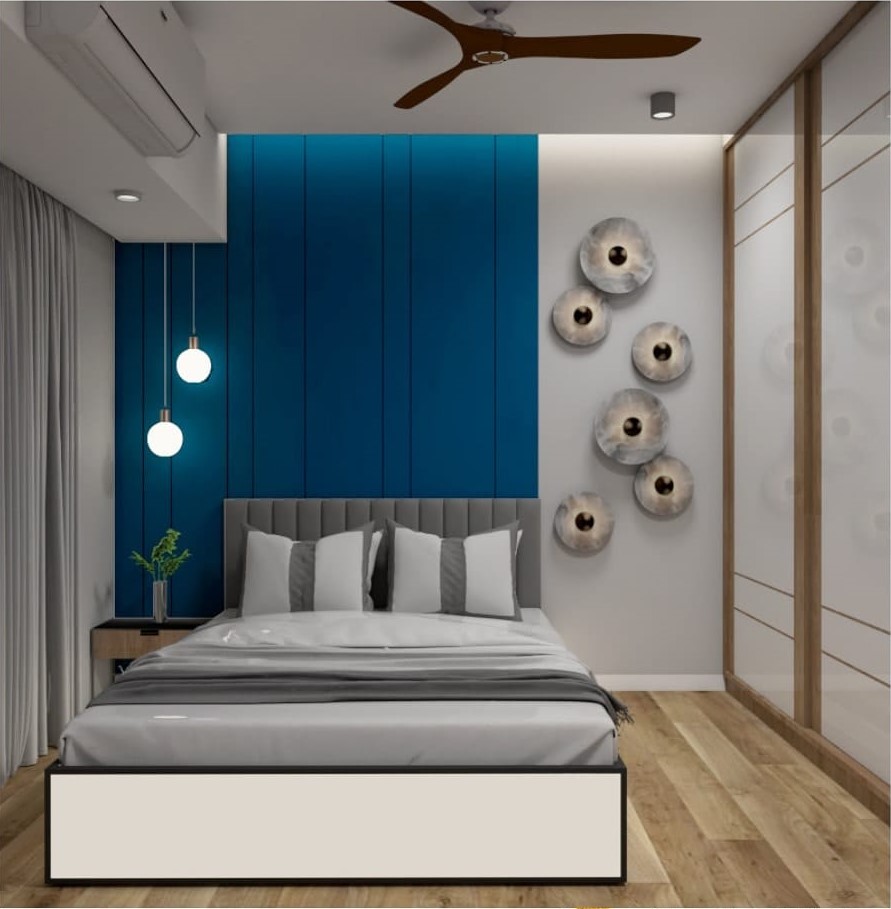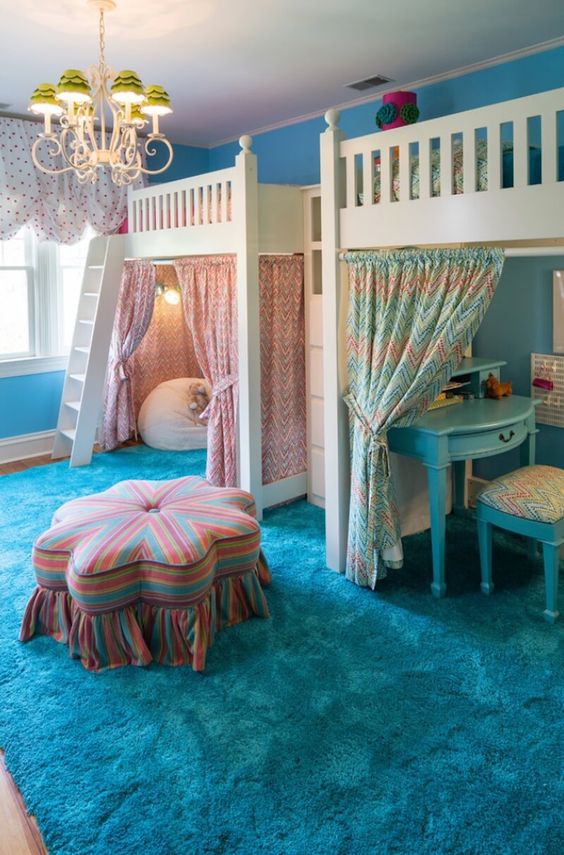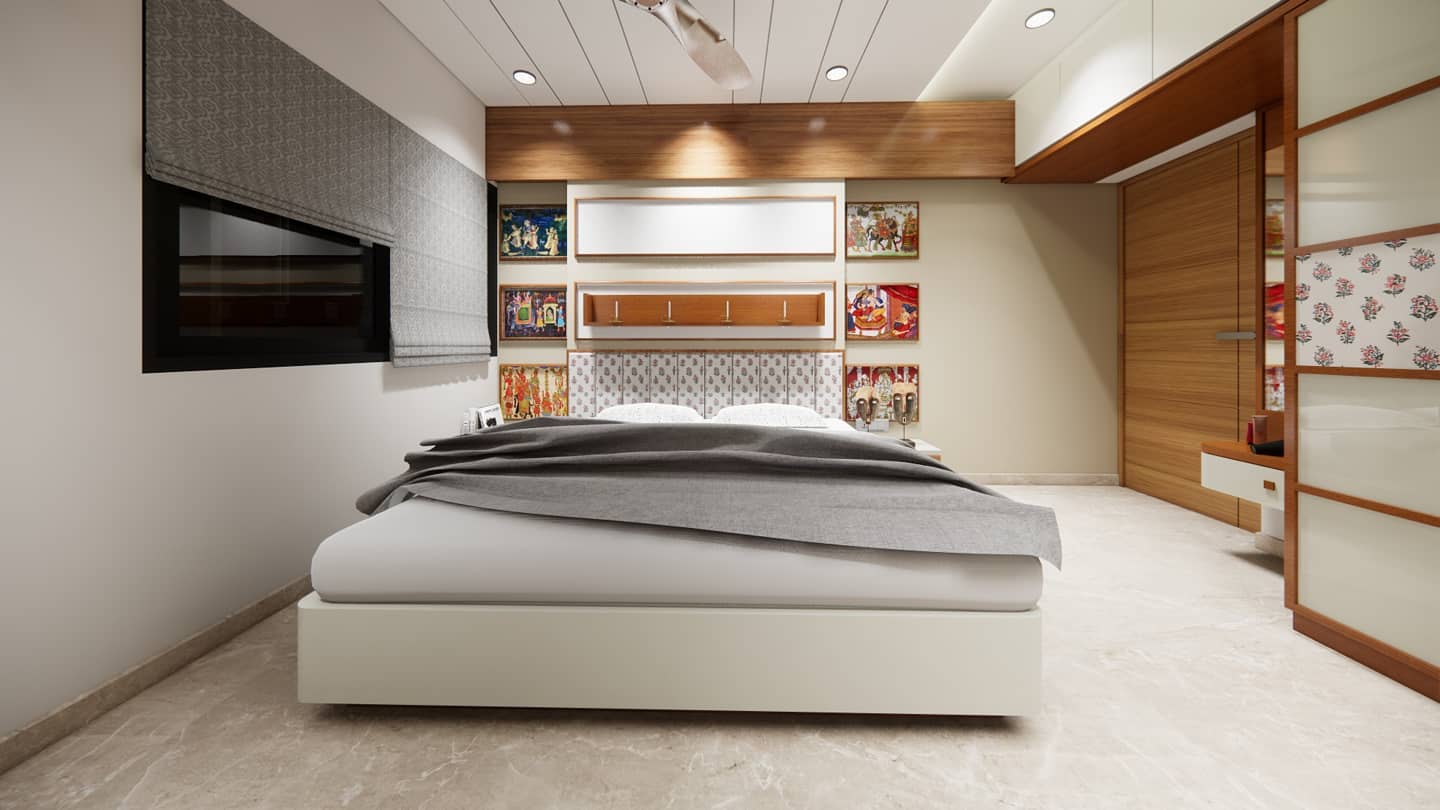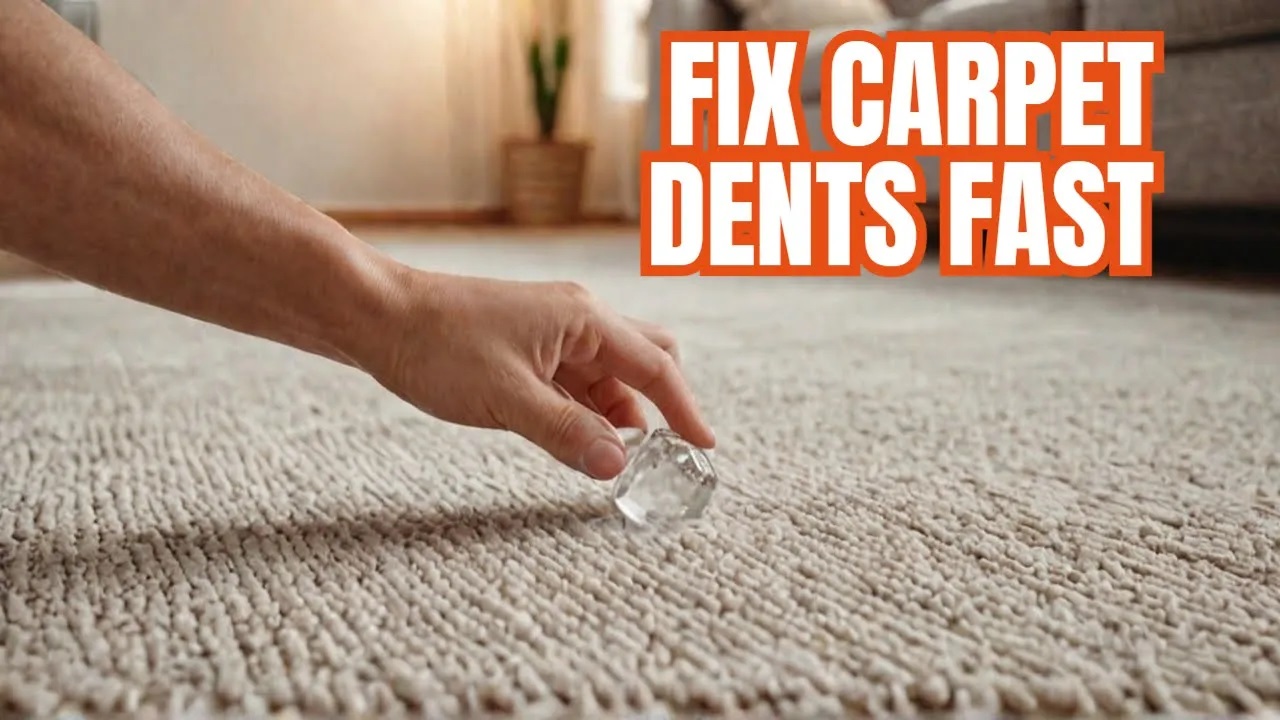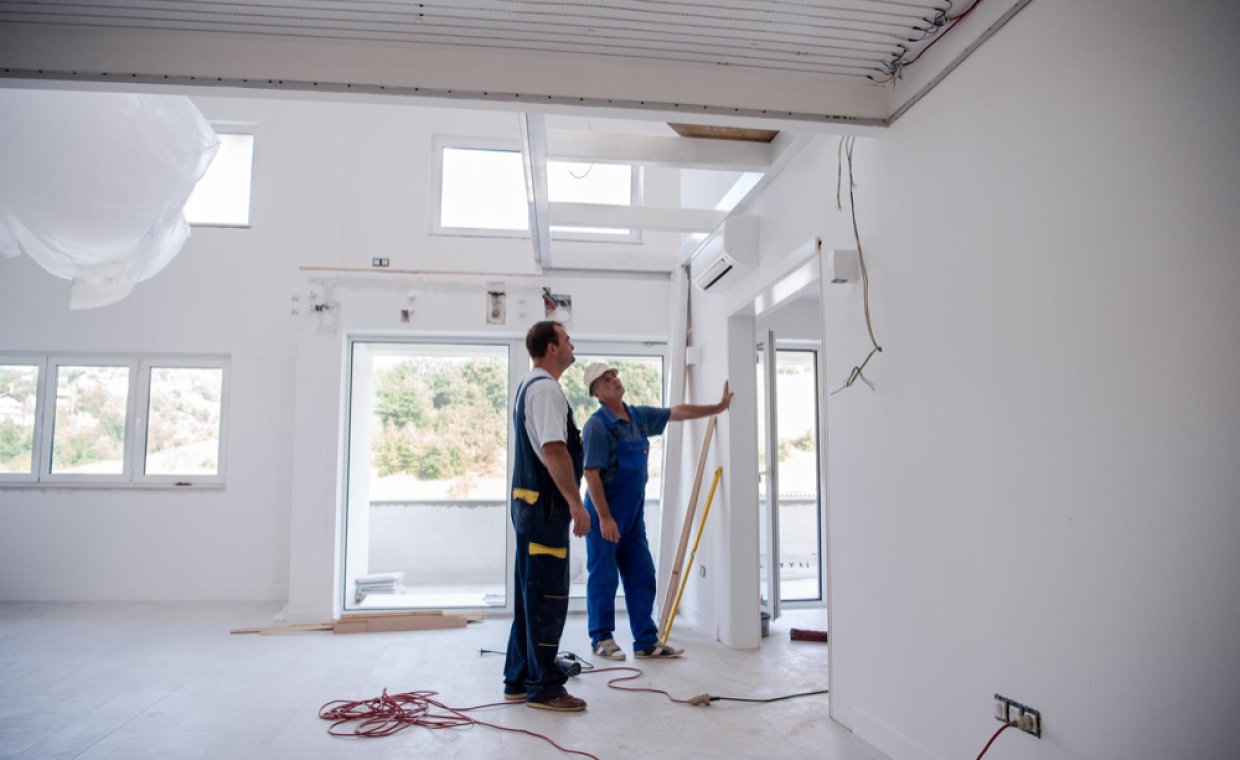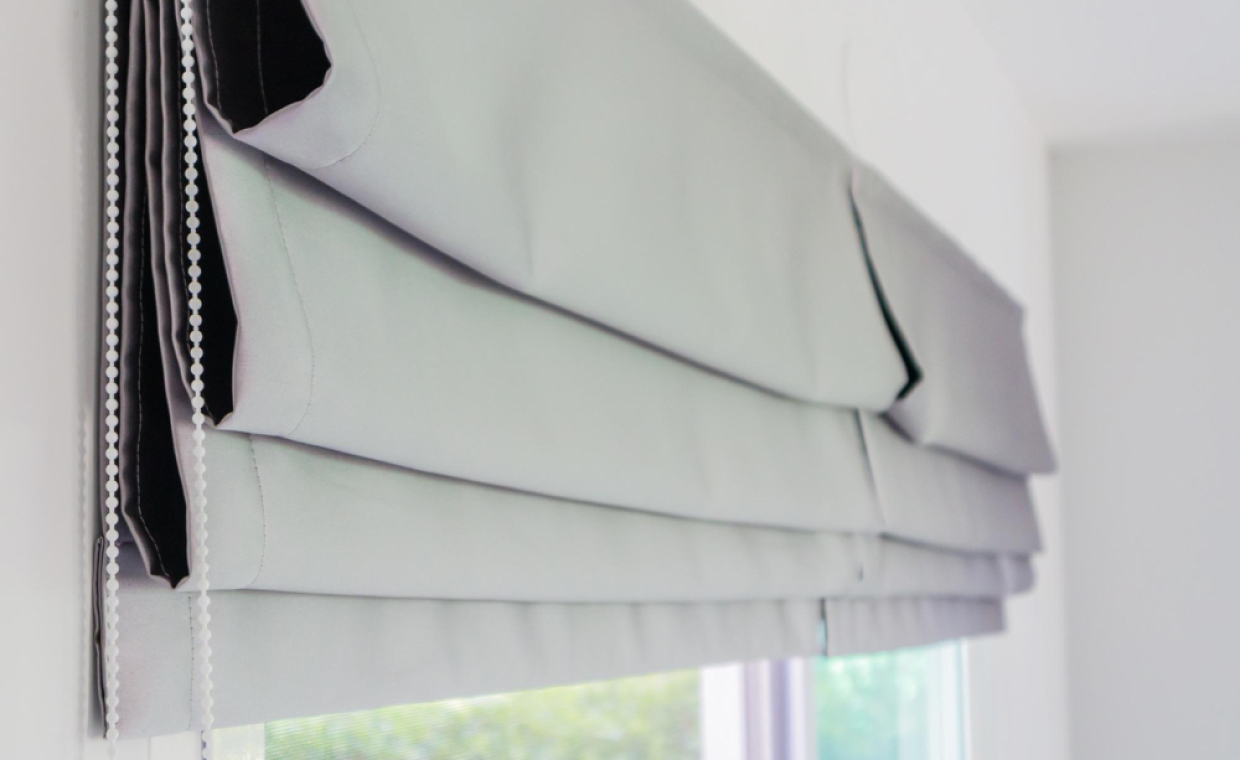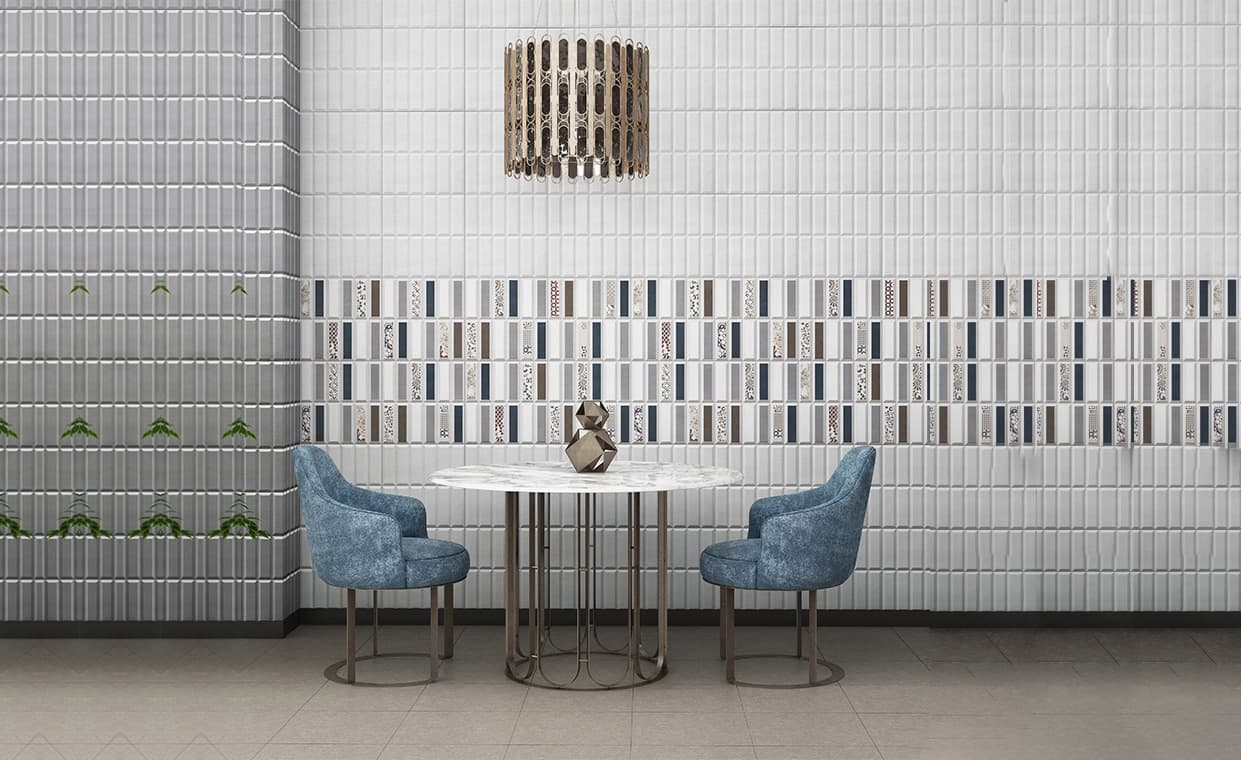
Table of Contents
Quick Overview
- Fluted tiles have ridged grooves that create a 3D textured look, rooted in classical architecture.
- They interact with light and shadow, adding depth, rhythm, and visual movement to spaces.
- Fluted tiles are trending due to their timeless style, versatility, and luxurious appearance.
- Popular applications of fluted tiles are kitchen backsplashes, bathroom or shower walls, accent walls, and fireplace surrounds.
- It is suitable multiple interior styles such as minimalist, eclectic, Scandinavian, rustic, and transitional.
- Popular materials of fluted tiles are ceramic and porcelain.
- It comes in different finishes such as matte (refined, conceals dirt) and glossy (reflective, brightens spaces).
- The maintenance includes easy cleaning with mild cleaner, focus on grooves to avoid dirt buildup.
In the world of interior design, the smallest details make all the difference. Colors, textures, and patterns can accentuate and set a space apart. Among the details creating a buzz is fluted tile. These ribbed and oh-so-stylish tiles have an indented, three-dimensional face, bringing tactility and dimension to contemporary and traditional spaces. Because of their versatility, fluted wall and floor tiles are a sought-after choice for designers and homeowners seeking timeless style.
Ahead we explore what fluted tiles are, how they fit in with various design schemes, and why they may be ideal for your project.
What are Fluted Tiles?
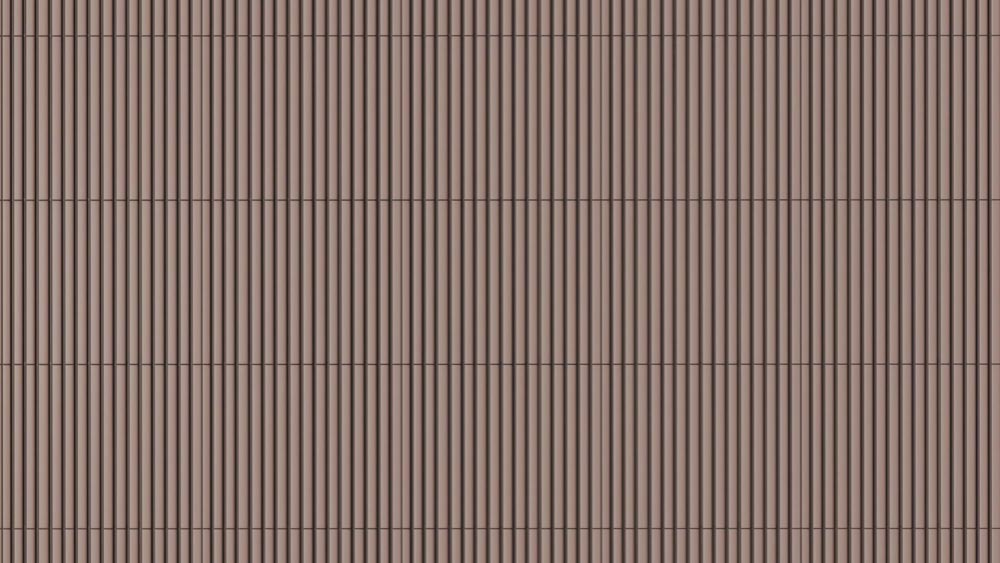
Fluted tile is a type of tiling material that has vertical or horizontal grooves incised on the surface, giving it a ridged appearance. It’s look has its roots in classical architecture, where the use of fluting was common on columns to produce rhythm and visual impact. Now, this classic design has made a comeback in the form of a tile, offering a combination of retro charm and modernity perfect for walls, backsplashes, and floors.
Compared to flat-faced tiles, the ribbed tile surface interacts with light and shadow to create visual movement within a room. Depending on the finish, they may be subtle and unobtrusive or flashy and flamboyant.
Why Fluted Tiles are Trending?
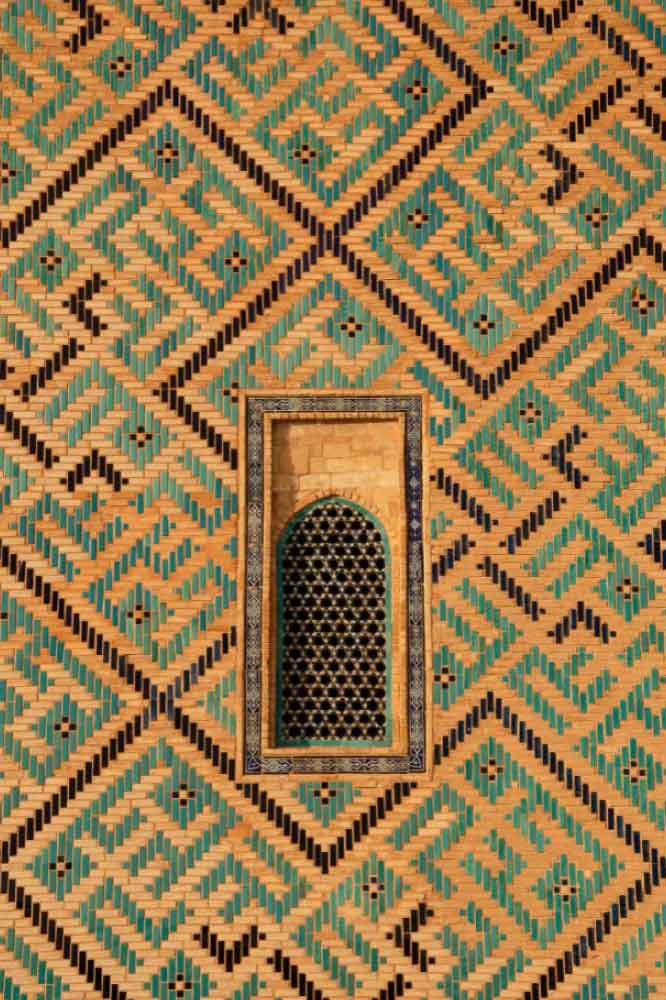
The greater demand for fluted tiles is no coincidence. Several reasons make them increasingly popular:
1. Depth and Texture: Contemporary interiors are drifting away from flat finishes and heading towards material that introduce depth and visual weight.
2. Timeless Style: Fluting is a timeless detail. It is rooted in history and has managed to stand above prevailing fashion.
3. Design Versatility: Fluted tiles are beautiful for kitchen and bathroom applications. But they also find their way in entryways, living rooms, and with some options suited for outdoors use.
4. Luxurious Appearance: The repetitive ribbed pattern is reminiscent of high-end architectural design, creating stylish-looking spaces that transcend the years.
Applications of Fluted Wall & Floor Tiles
Fluted tiles bring visual interest, rhythm, and texture to different areas of the home, be it an accent wall, fireplace surround, kitchen backsplash, and more.
1. Kitchen Backsplashes
A kitchen with a fluted backsplash design instantly adds dimension to the room. The ridges create movement, pair that with under-cabinet lighting and you get an interplay of light and shadow that brings the space to life. An understated look can be crafted by going for neutral wall tile in white, gray, or beige, or black.
2. Bathroom and Shower Walls
Fluted tile is suited for a design-oriented look that transforms an ordinary bathroom into a centerpiece. It can be installed as a shower niche, vanity surround, or bathtub backdrop for that spa-like ambiance.
3. Accent Walls & Fireplace Surrounds
For entryways, living rooms, and other social areas, fluted tiles make for a stunning feature wall. Their texture surface breaks up monotony and can transform a drab wall into an artwork. They look just as eye-pleasing around the fireplace, adding to the warmth and sophistication of the room.
Styling Tips with Fluted Tiles
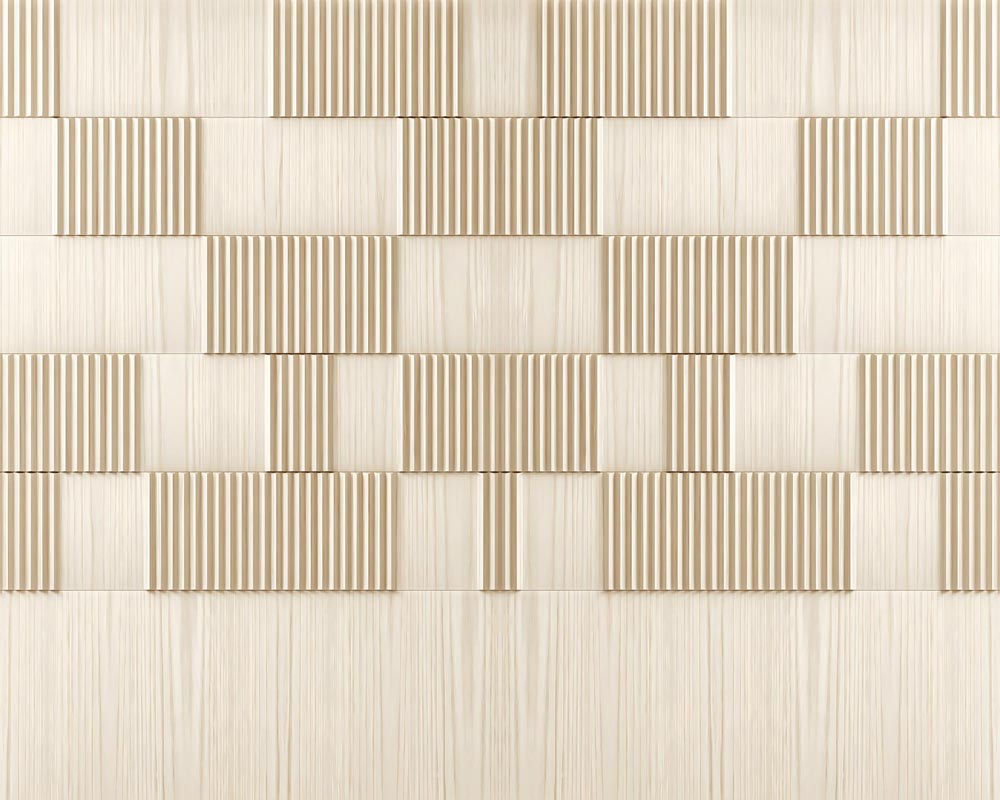
Designers are fond of fluted wall tiles due to their design versatility. Whether your taste leans to modern, classic, or somewhere in between, they work in any space they are placed. The following are a few design themes in which fluted tiles are useful:
1. Minimalist Interiors
Minimalist design doesn’t mean flat and sterile. Subtle texture and using sophisticated neutrals add character to the scheme of things. These tiles provide just the right dimensionality to prevent bleakness when paired with simple furnishings and decor.
2. Eclectic Interiors
Looking to make a bold design statement? Fluted tiles in vibrant hues are a showstopper. Think green, red, blue, and pink that instantly draw the eye. Adding these tiles subtly, such as a kitchen backsplash or an accent wall, has the power to enliven the space. Paired with lighter furnishings, the overall design is cohesive yet current.
3. Scandinavian Style
Scandinavian interiors put emphasis on natural texture, light, and functionality. Fluted tiles are a great companion alongside warm lighting and wooden finishes. The resulting look is inviting, cozy, and modern.
4. Rustic Style
Fluted tiles fit perfectly into rustic interiors. Earthy color schemes are intensified by the use of neutral colors such as beige, cream, or pale taupe. Wall or floor tiles in a wood finish paired with antique-style décor bring old-world charm and a sense of craftsmanship to the space.
5. Transitional Style
For those who want the best of both worlds, fluted tiles blend both the old and the new. The grooves pay homage to the tradition of yore, while the clean lines offer cutting-edge flair. A neutral-colored fluted tile backsplash, for example, can coexist with retro cabinetry but work just as well with modern fittings.
Material and Finishes to Consider
- Ceramic Fluted Tiles: Ceramic fluted tiles are an affordable choice and can be found in different house projects. They are ideal for day-to-day use and low maintenance. They are lightweight, suitable for wall use, and can be integrated in various design schemes.
- Porcelain Fluted Tiles: Porcelain fluted tiles are tougher, denser and less vulnerable to wear. They are water-resistant and find their way in wet areas like the bathroom, kitchen, or laundry room. Because of its robust nature, porcelain can be installed on both walls and floors.
- Fluted Tile Finishes: The tiles are available in matte and glossy finish. Glossy tiles reflect light, making rooms feel brighter and emphasizing the texture on the surface. Matte tiles impart a more refined look and can conceal dirt and smudges easily, making them a practical option for high-traffic areas.
Maintenance Essentials for Fluted Tiles
While fluted tiles are hard-wearing and resistant to moisture, the grooves tend to be a little tricky to clean. To keep tiles looking immaculate, warm water and mild tile cleaner can be used to wipe stains on the backsplash or mop floors. The good news is that ceramic and porcelain tiles do not need cleaning to maintain their beauty and quality.
Conclusion
Whether you’re a homeowner wanting a chic update or a designer looking to add sophistication to a project, fluted tiles create beautiful walls and floors. They fit in with just about any aesthetic, be it classic and modern, all while adding a timeless appeal that’s relevant and striking years later.
Also Read: Tiling Designs To Make Your Floor Do the Talking!
FAQs About Fluted Tile
1. Is it Harder to Install Fluted Tiles Compared to Flat Tiles?
Fluted tiles are slightly challenging to lay because of their ridges and grooves. A skilled tiler will ensure that they align properly for a clean and professional finish.
2. Do Fluted Wall Tiles Need to be Grouted?
Fluted tiles do require grouting to maintain the structural integrity of the installation. Grout color that closely matches the tile creates an uniform effect. Contrasting grout color highlights the grooves even more and creates a dynamic statement.
3. Do Fluted Tiles Accumulate Dust Due to Grooves?
These tiles will gather a little dust but with proper and regular cleaning, it is possible to keep walls spotless at all times. Wiping gently with a dampened cloth in a solution of warm water and mild tile cleaner is the best way to go.
4. How Long Do Fluted Tiles Last?
When properly installed and maintained, fluted ceramic and porcelain tiles can last years if not decades.
5. Do Fluted Tiles Increase Property Value?
Their elegant and luxurious look improves the aesthetic value of kitchens, bathrooms, and living areas, making them an appealing choice that transcents fleeting trends.




